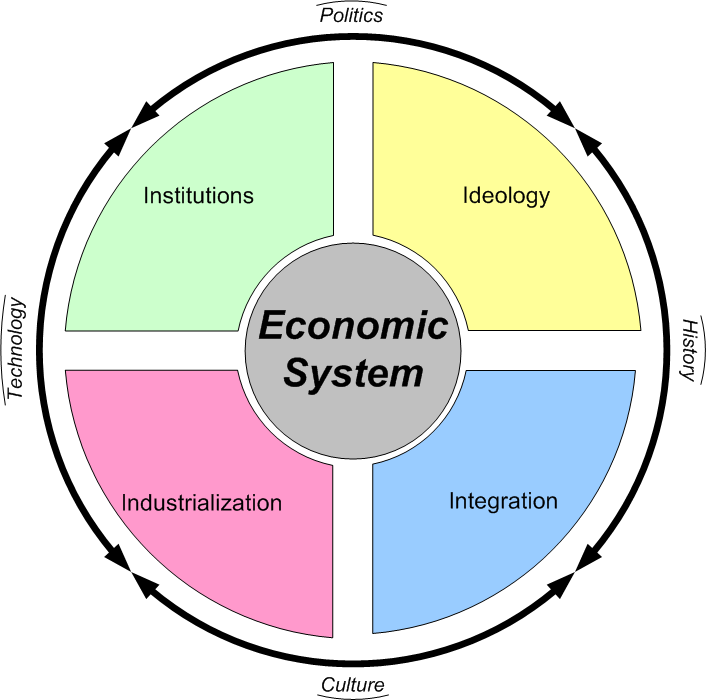In our Schools and Universities, online courses and online teaching methods are gaining importance every day. More Universities are looking for some kind of financial aid to develop such courses and to train teachers in the specific field. Thus, it is evident that online teaching skill is necessary for a teaching professional in this decade.
In this article, we shall discuss about how to develop a simple e-learning course. Below are the steps to develop an e-learning course that can be used to deliver a lecture inside a classroom. You can follow these steps and develop an e-learning course as a Power Point presentation or a proper course using any available software. The steps explained below are generic and are not focusing on any specific subject or concept.
Before starting to develop an e-learning course, choose a concept or method to teach. It can be a mathematical or a scientific concept or a grammar exercise or a historical event. Narrow the topic as much as possible and provide only the necessary content. Do not deviate or dump the course with unnecessary sentences or paragraphs.
An online course should be in crisp format with less content and more graphic representation on the screen. During the lecture, you can explain the concepts in a more detailed manner and ask the students to take notes.
To develop an e-learning course:
Step 1
In the first slide, provide the introduction to the topic and explain about the sub-topics that will be covered in the course.
Step 2
In the second slide, provide the objectives of the course. There can be 3 or 4 objectives per topic.
Step 3
In further slides, explain each sub-topic in separate slides with supporting graphic representations.
Sub-topic slide:
- Provide introduction to the concept of the sub-topic
- Provide bullets and numbering to explain the concept in detail
- Use graphic representations such as images and icons to explain concepts and processes
- Use animations to display the content and graphics
In the final slide, summarize the concepts that are discussed in the course. Ensure that the summary points tally with the objectives.
The important advantage of developing an e-learning course for a lecture is the feasibility factor that allows the lecture to be mind-boggling with necessary graphic representations. This graphic support can add inevitable value and meaning to the concepts and can inculcate interest among the students due to high level understanding.
This content is brought you by

























